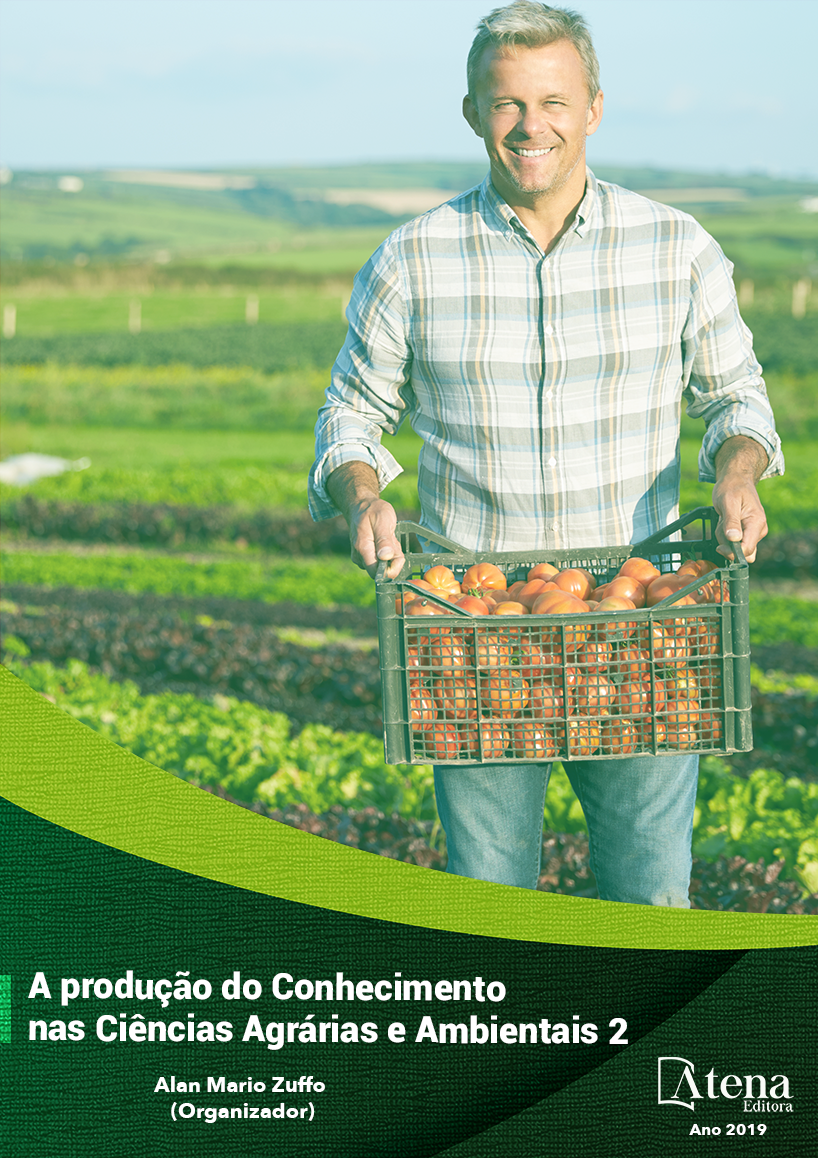
DETERMINAÇÃO DE ALGUMAS PROPRIEDADES FÍSICAS DE GRÃOS DE QUINOA E AMARANTO EM FUNÇÃO DO TEOR DE ÁGUA
Este trabalho foi desenvolvido com
o objetivo de avaliar algumas propriedades
físicas de grãos de quinoa e amaranto. Nele
investigou-se o efeito do teor de água na
massa específica aparente e real, ângulo de
repouso, massa de 1000 grãos e porosidade
nas cultivares BRS Syetetuba (Chenopodium
quinoa) e BRS Alegria (Amaranthus spp.).
Os grãos colhidos na Fazenda Água Limpa
pertencente a Universidade de Brasília, foram
submetidos a um processo de reumidificação,
trabalhou-se com três diferentes teores de água
(T0= 10±0,5%, T1= 16±0,5% e T2= 20±0,5%).
Com base nos resultados obtidos, concluiu-se
que para os grãos de amaranto o aumento no
teor de água diminuiu a massa específica real e
aparente e a porosidade, e aumentou o ângulo
de repouso e a massa de 1000 grãos. Quanto
aos grãos de quinoa, com o aumento do teor
de água, ocorre inicialmente uma diminuição
nas massas específicas reais e aparentes,
posteriormente um aumento nesses valores.
Houve também um aumento significativo no
ângulo de repouso e na massa de 1000 grãos.
No que se diz respeito ao teor de água, provouse que existe interferência direta do mesmo nas
propriedades físicas dos grãos.
DETERMINAÇÃO DE ALGUMAS PROPRIEDADES FÍSICAS DE GRÃOS DE QUINOA E AMARANTO EM FUNÇÃO DO TEOR DE ÁGUA
-
DOI: 10.22533/at.ed.85219260425
-
Palavras-chave: amaranto, quinoa, propriedades físicas
-
Keywords: quinua, amaranth, physical properties
-
Abstract:
This work was developed with the
objective of obtaining values and evaluating
some physical properties of quinoa and
amaranth, which are necessary for the sizing
of storage silos, dryers, transport systems and
adaptation of existing technologies. The effect
of the water content on the values of apparent
and real specific mass, resting angle, mass of
1000 grains and porosity in the cultivars BRS
Syetetuba (Chenopodium quinoa) and BRS
Alegria (Amaranthus spp.) was investigated.
The grains harvested at the Água Limpa Farm
belonging to the University of Brasília, underwent
a process of moisturizing. We worked with three
different water contents (T0= 10±0,5%, T1=
16±0,5% e T2= 20±0,5%). Based on the results obtained, it was concluded that for amaranth grains the increase in water content
decreased the real and apparent specific mass and the porosity and increased the
resting angle and the mass of 1000 grains. About the quinoa grains, with the increase of
the water content, initially a decrease occurs in the real and apparent specific masses
and later an increase. There is also a significant increase in the resting angle and in the
mass of 1000 grains. Regarding the water content it has been proved that exist a direct
interference in the physical properties of the grains.
-
Número de páginas: 15
- Fabiana Carmanini Ribeironteiro
- Gervásio Fernando Alves Rios
- João Batista Soares
- Samuel Martin
- Natasha Ohanny da Costa Monteiro


